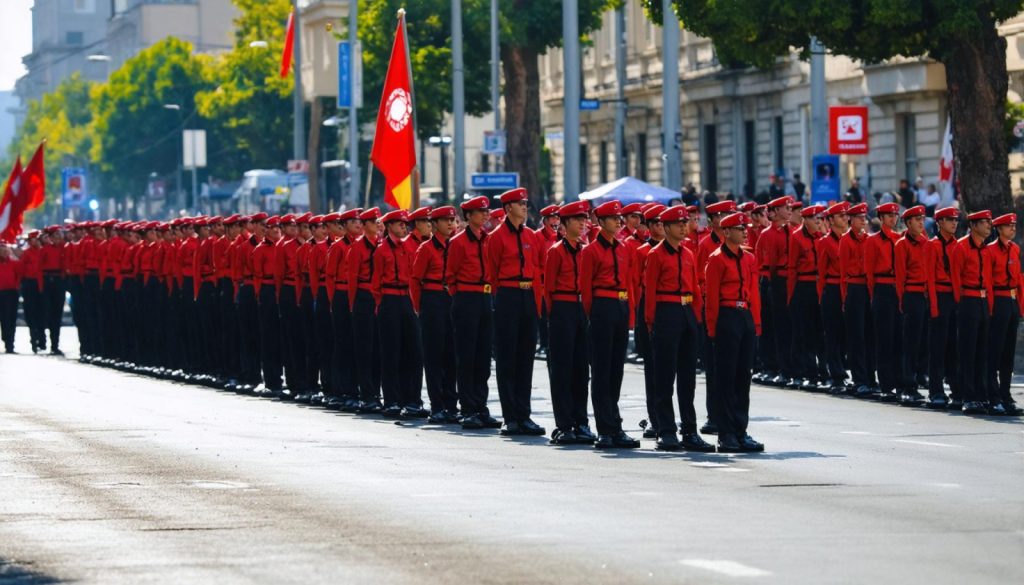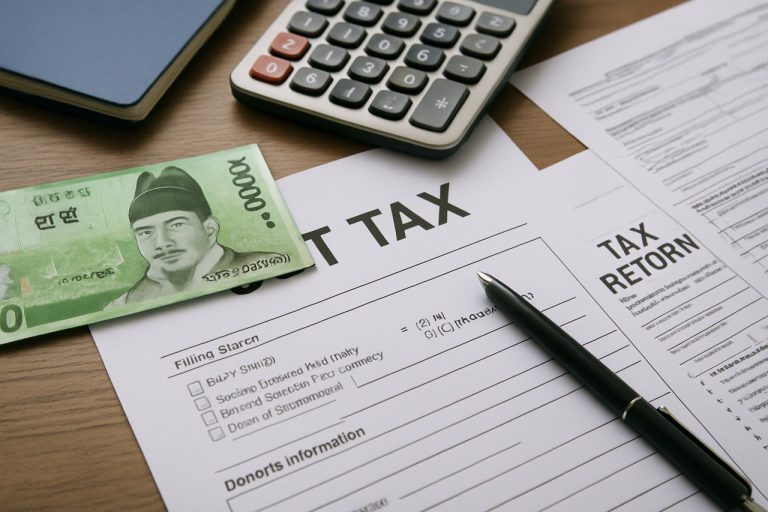
- Albania is at an economic crossroads, balancing inflation control with sustainable growth ambitions.
- Inflation is a critical issue, with policymakers deploying strategies to stabilize prices and promote economic growth.
- The central bank actively uses interest rate adjustments to maintain its 3% inflation target.
- Structural reforms focus on developing tourism and technology sectors to attract foreign investment.
- External shocks, like energy price fluctuations and droughts, present ongoing challenges for policymakers.
- Entrepreneurial spirit and consumer confidence play vital roles in Albania’s economic stability.
- Albania’s strategic approach to managing inflation and fostering growth offers a potential model for similar economies.
Tucked in the heart of the Balkans, Albania stands at an economic crossroads where ambition meets challenge. This small yet determined nation dances with the complex forces of inflationary policy, striving to craft a prosperous future while managing the pressures of rising prices.
Imagine a bustling Tirana market, vibrant and noisy with shoppers bartering over the freshest produce. Here, prices are not just numbers but the whisper of economic shifts that echo across the nation. For Albania, maintaining the delicate balance between taming inflation and fostering economic growth is akin to a high-wire act, with each policy decision meticulously curated to avoid a slip.
Inflation, the beast that can erode savings and inflate costs, has become an unavoidable conversation in Albania’s financial corridors. Policymakers, in their constant sprint to stay ahead, have deployed a mix of strategies aimed at both stabilizing prices and promoting growth. The central bank of Albania, with its keen eye on the 3% inflation target, wields its interest rate sword, cutting away at excess money supply when the economy overheats.
Yet, the story doesn’t end at monetary policy. Albania, keen on carving a path to economic prosperity, has invested heavily in structural reforms. This land, with its shimmering beaches and rugged mountains, seeks to become a hub of tourism and technology. These sectors, seen as national treasures, form the backbone of its growth strategy, enticing foreign investors and skillful workers from afar.
Still, the quest is fraught with challenges. External shocks, such as fluctuating energy prices and regional conflicts, pose constant threats that the nation must navigate. A recent drought, for example, sent agricultural prices soaring, complicating policymakers’ delicate dance. Albania, however, remains undeterred, drawing strength from its rich history as a land of resilience and adaptability.
The people of Albania lend more than a helping hand to this economic puzzle. It is their entrepreneurial spirit that sparks initiatives and fuels small businesses, transforming local dreams into impactful ventures. Their role in this inflationary framework is pivotal, as consumer confidence directly influences economic stability.
The takeaway is clear—Albania’s battle with inflation intertwines with the broader narrative of its economic ambitions. By skillfully managing inflationary pressures while fostering sustainable growth, Albania showcases a strategic approach that could serve as a model for similar economies. The intricate dance of economic policy, much like an Albanian folk dance, requires rhythm, precision, and, above all, a deep understanding of the steps to stay in tune with the times.
Unveiling Albania’s Economic Journey: Challenges and Opportunities Ahead
Albania, nestled in the heart of the Balkans, finds itself at a pivotal economic juncture. Balancing between curbing inflation and pursuing robust economic growth, the country is crafting an inspiring narrative for others in similar circumstances. Let’s delve deeper into the complexities and opportunities that shape Albania’s economic landscape.
Inflation and Economic Policies
The Albanian government has been tackling inflation through a series of intricate policy maneuvers. With the central bank targeting a 3% inflation rate, monetary policies play a crucial role. Interest rates are meticulously adjusted to ensure that inflation remains under control without stifling economic activity. This balancing act is critical—too much tightening can hinder growth, while too little can let inflation spiral out of control.
Structural Reforms and Growth Sectors
Beyond monetary policies, Albania is investing significantly in key growth sectors such as tourism and technology:
– Tourism has emerged as a cornerstone of Albania’s economic strategy. The country’s pristine beaches and rugged landscapes attract tourists worldwide, contributing to GDP and employment. Investments in infrastructure, such as improved transportation networks and hospitality services, aim to bolster this sector further.
– Technology is seen as another pole of growth, with initiatives to foster innovation and attract foreign direct investment. The government is working on improving the digital infrastructure to support start-ups and tech companies, aiming to transform Albania into a Balkan tech hub.
Challenges and External Threats
Albania’s economic ambitions are not devoid of challenges:
– External Shocks: Fluctuations in global energy prices and regional geopolitical tensions can unbalance Albania’s economic stability. For example, recent droughts led to increased agricultural prices, putting pressure on both consumers and policymakers.
– Regional Conflicts: Proximity to conflict zones poses strategic challenges, requiring Albania to maintain diplomatic agility to ensure trade and foreign relations remain stable.
Entrepreneurial Spirit and Local Impact
The entrepreneurial spirit in Albania profoundly influences its economic trajectory. Small businesses, fueled by local innovation and ambition, play a significant role in employment generation and economic diversification. Consumer confidence, which drives demand, is crucial in maintaining economic stability and growth.
Real-World Use Case: Albania’s Path Comparable to Other Nations
Similar countries aiming to balance inflation control with economic development can learn from Albania’s approach:
– Prudent Monetary Policy: Managing interest rates to control inflation without stymying growth.
– Leveraging Natural Resources: Investing in sectors where a country has a competitive advantage, like Albania’s focus on tourism.
Market Forecast and Industry Trends
Economists predict moderate yet sustainable growth for Albania if it continues on its current trajectory. Tourism, projected to grow substantially, is expected to provide increased job opportunities and a stabilizing effect on the economy. The tech sector, supported by government policies, is also forecast to expand, integrating more into the regional and global tech economy.
Quick Tips for Economies at Crossroads
1. Diversify Economic Sectors: As illustrated by Albania’s focus on tourism and technology, diversification is key to resilience.
2. Maintain Flexible Policies: Being able to swiftly adapt policies in response to inflation or external shocks is crucial.
3. Encourage Entrepreneurship: Support local businesses and innovation to generate employment and foster growth.
For those interested in exploring Albania’s economic strategies further, visit the [Government of Albania’s Official Page](https://albania.al).
By confronting inflation with an arsenal of economic strategies and tapping into its diverse growth potential, Albania is setting a nuanced blueprint for emerging economies facing similar challenges.



